An interview with Monika Kanokova
Insider tip: Berlin’s lesser-known architecture
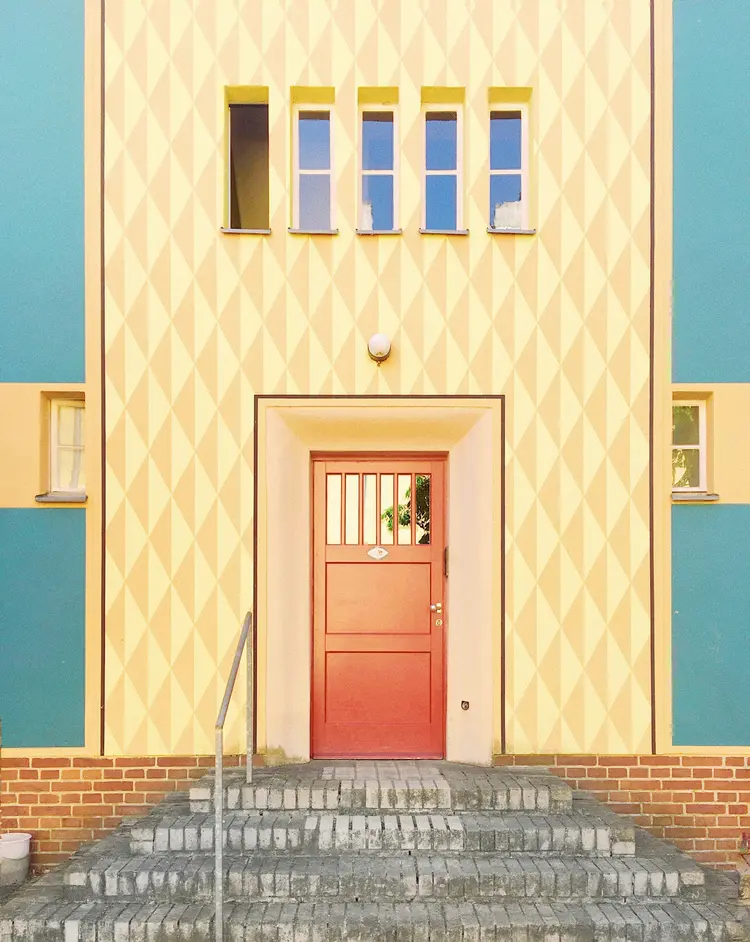
Have you run out of ways to explore Berlin? Fear not, we spoke to Monika Kanokova, a lover of Berlin, bikes and architecture to get some tips for our next weekend adventure.
Monika published a pocket-sized travel guide to Berlin’s architecture, where she shares some of her insider tips, anecdotes, stories and a little bit of Berlin’s history. We thought we were travel experts, but we haven’t been to any of these special parts of the city.
So now that it’s getting warmer, it’s time to jump on your bike and explore some of the city’s lesser-known architectural sights!
While a lot of our content is for member’s only, this newsletter is for free! Every month we share our favourite adventures and corners of Germany, and give you tips on what you can do to go beyond the usual tourist spots. Sign up so you don’t miss out.
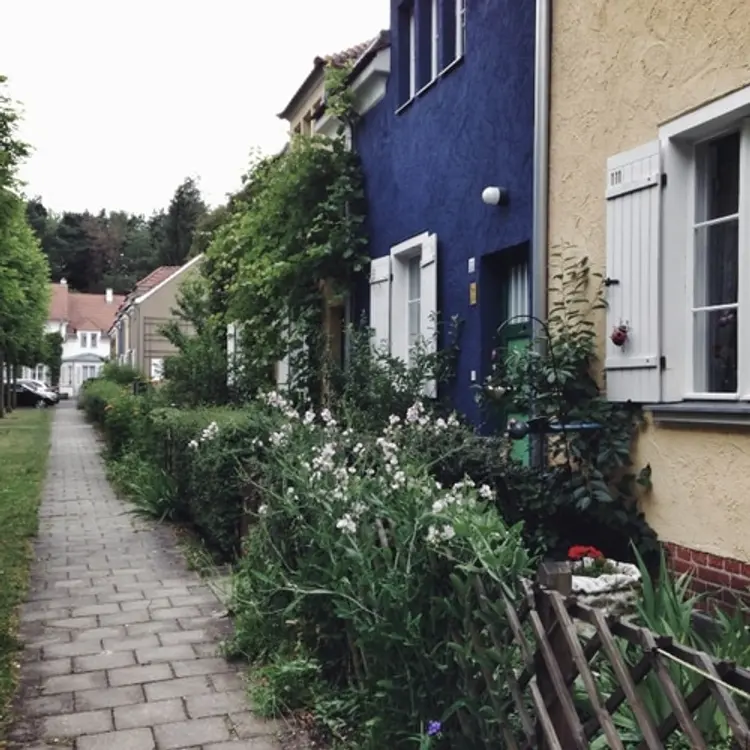
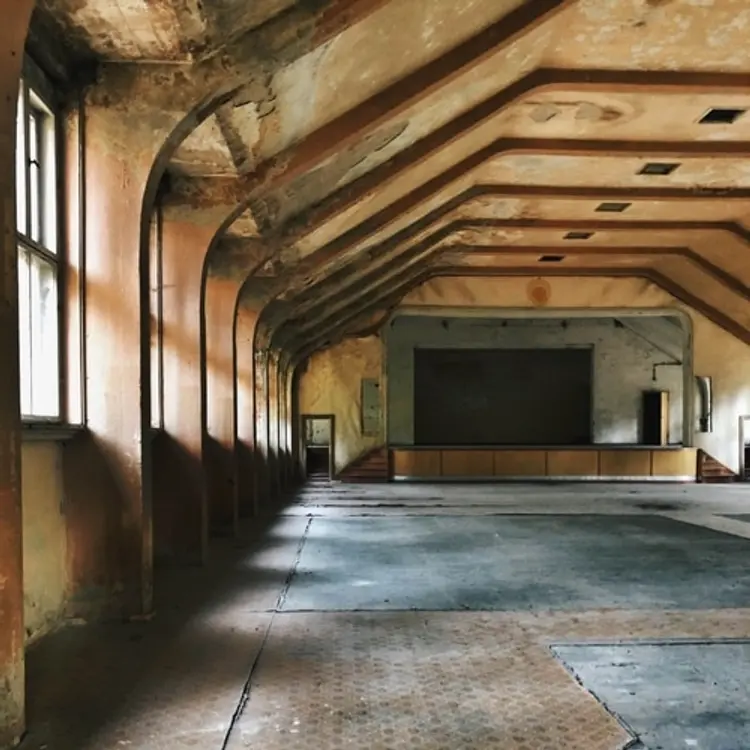
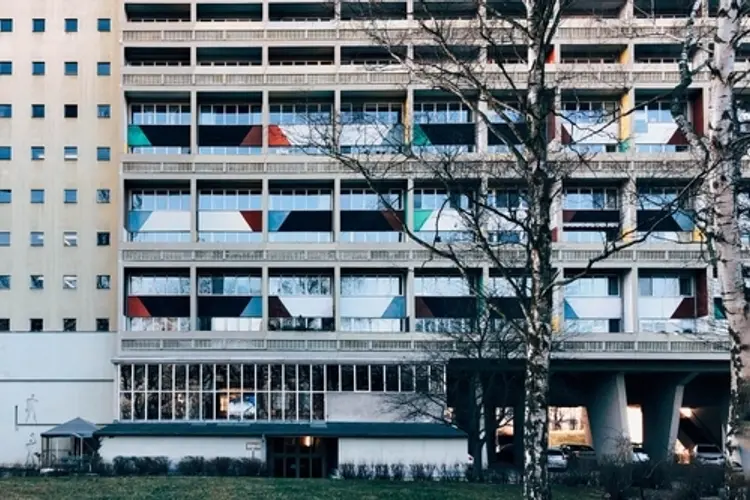
At the beginning of the 20th century, the need for affordable housing exploded. At the time, Bruno Taut worked as the chief architect for GEHAG, the initiative for affordable housing. When designing the Hufeisensiedlung, his vision was to create a living space filled with light, air, and sun. He was especially gifted in designing with colour, combining all shades and tones masterfully – not just on the facades of the buildings, but also indoors, which you can experience for yourself at Tautes Heim, a townhouse that was lovingly renovated by Katrin Lesser and Ben Buschfeld and available for rent as a holiday home.
Lovingly called “the paintbox settlement” due to its colourful facades, Gartenstadt Falkenberg was a collaboration between the architect Bruno Taut and the landscape planner Ludwig Lesser. They were inspired by English townhouses, which can also be seen in the landscape design; hedges, trees, and plants were used intentionally to divide the space. Residents got their own gardens too. Dating back to 1912, the “Gardencity Falkenberg” is the oldest social housing project in Berlin and is recognised as a UNESCO World Heritage site.
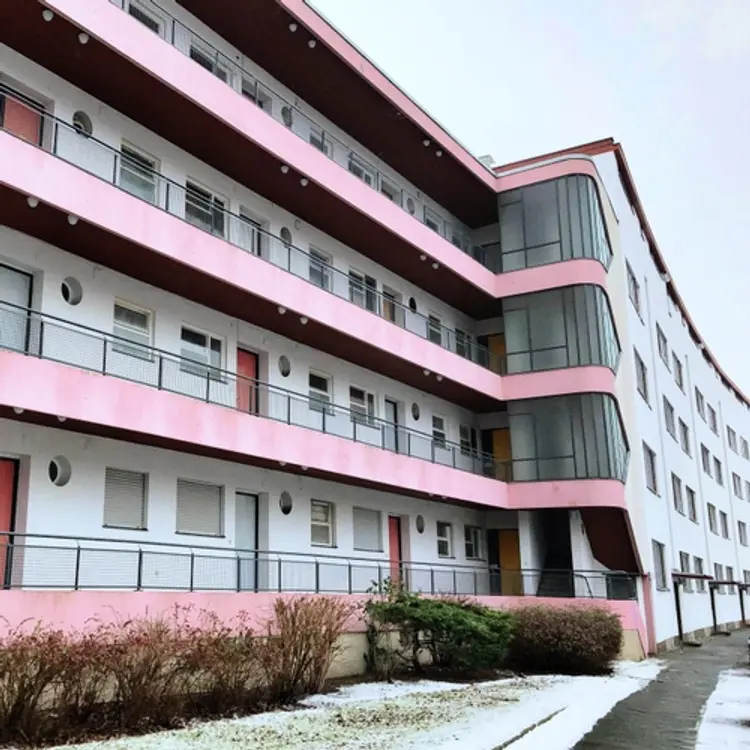
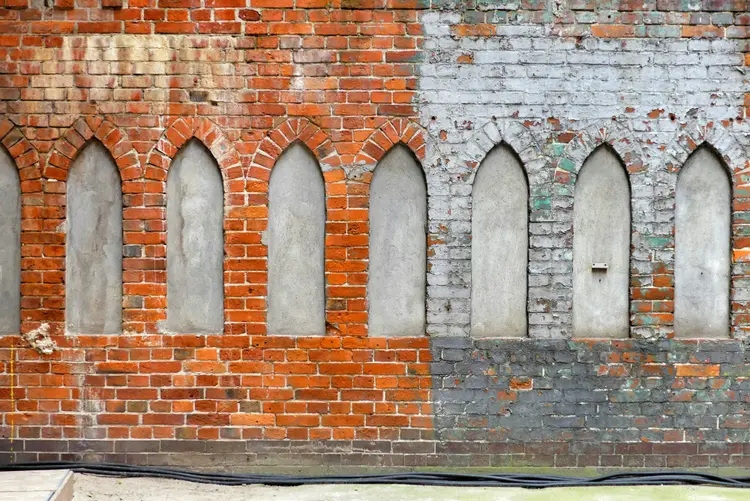
Despite the relatively high salaries, it was hard for Siemens to keep their employees. Long commutes were the norm. At first, Siemens decided to invest in infrastructure to make it easier for people to get to work. Only in 1904 did the company receive the necessary permit to build a residential estate for their workers. Architects such as Karl Janisch, Hans Christoph Hertlein, Walter Gropius, and Hans Scharoun were involved in the project over time. Additionally to this modern housing estate, Siemens also invested in communal spaces to give their employees the highest comfort possible.
Precisely planned following the ideals of the Golden Section, Corbusier’s disappointment of how Berlin’s authorities modified his designs made him distance himself from the building just a year after its completion in 1958. Neither the exterior nor the interior reflected Corbusier’s ideas of the Unité d’Habitation. The amenities of an accessible roof terrace, a kindergarten, stores, businesses, and social services throughout the building were mostly cancelled, too. Despite West Germany’s efforts to loosen norms and standards by passing a special housing law to attract international architects, the authorities averted alternative ideas about how to live. Nevertheless, the building remained associated with the architect despite his reservations.

Olympisches Dorf Elstal
Officially, this Olympic Village was built to accommodate athletes for the Olympic Games in 1936. However, this project was so much more than just temporary architecture for a global event; all construction workers involved had to be Aryan. The ground plan of the complex happened to be a layout to mirror the German Reich. Most of all, all barracks had a basement. Or, let’s say air-raid shelters. You probably won’t be surprised when I now also tell you that once the last athlete headed back home, the military recruits moved in to start their training. And we all know how things went in 1938. Don’t miss a guided tour as long as this place is still dedicated to remembrance.
The full collection of Monika’s cards is available on Etsy, should you wish to discover more architectural gems.
Discover handpicked, properties in Germany that you'd struggle to find online. Sign up, browse the spaces, read the stories, and contact the owners directly to book your perfect trip!
Cut through the noise. Each property is individually assessed by our travel-expert founder, who 12+ years in the industry. We only feature the best, unique stays in Germany.
Tailored tips to match your needs. Let us know your dates, your needs, and you budget, and our founder further curates our curation to find places to stay that are perfect for you.
Give back. None of our properties have paid to be featured, and you book directly with owners, which means they are 30% better off than if you book via big platforms - plus no hidden fees for you.
Stay in the know. Receive monthly property finds, last-minute availability tips and adventure ideas, as well as ideas of where to book ahead, so you can explore more often.
* no minimum sign up required, cancel at any time.

Handpicked places to stay

Best price guaranteed

No hidden fees or charges

New finds every month

Member perks & discounts

Focus on sustainability
© 2024. All rights reserved.